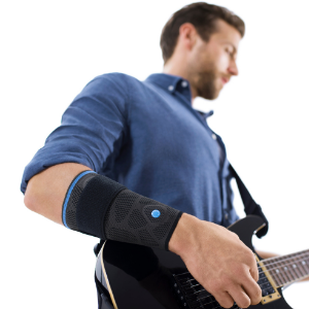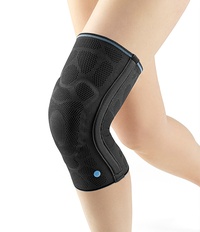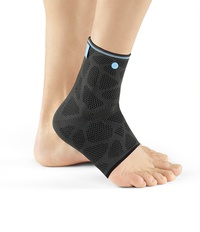Lumbar supports for spinal disc problems
Problems with spinal discs occur when weight is unevenly distributed in the spinal vertebrae. This puts pressure on the spinal discs in the spaces between these vertebrae, which act like buffers. In this case, a lumbar support can help to provide relief to the spinal discs by changing the static equilibrium; the pelvis is thereby straightened and the muscles are then relaxed. This is achieved on the one hand by pads which specifically target the affected areas and on the other hand by the counter-pressure which the lumbar support exerts on the stomach. This counter-pressure helps to stretch out the spinal column and therefore reduce pain. In addition, a warming effect is created in the lower back, which relaxes the muscles in this area. This effect can be enhanced by the use of a gel cushion, which can be inserted into the support itself.




